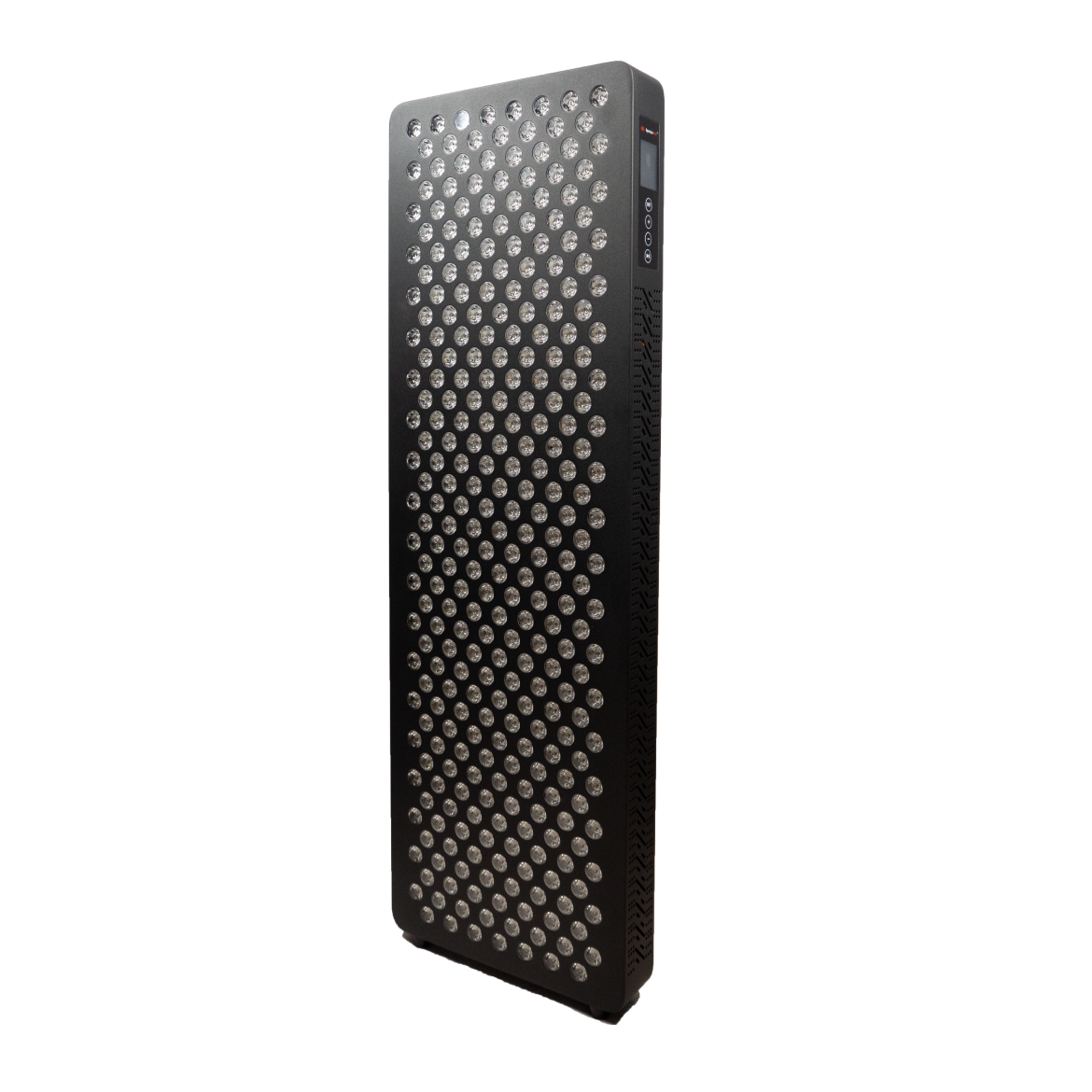Introduction
Joint pain can be a persistent and debilitating issue for many people, limiting mobility and diminishing the quality of life. While traditional treatments like medications and physical therapy can offer relief, a more innovative solution is emerging: Red Light Therapy (RLT). In this blog post, we'll shed light on how to use RLT effectively to alleviate joint pain and regain your freedom of movement.
Understanding Red Light Therapy
Red Light Therapy, also known as Low-Level Laser Therapy (LLLT) or Photobiomodulation, utilises specific wavelengths of red or near-infrared light to penetrate the skin and reach the underlying tissues. When applied correctly, these wavelengths stimulate cellular processes and promote healing, making RLT an exciting option for those suffering from joint pain.
How does RLT work for joint pain?
RLT offers several mechanisms by which it can relieve joint pain:
- Reducing Inflammation: Inflammation is a common cause of joint pain. RLT helps to reduce inflammation by inhibiting the production of pro-inflammatory compounds and promoting the release of anti-inflammatory molecules.
- Increasing Circulation: Improved blood flow is essential for the delivery of oxygen and nutrients to joint tissues. RLT enhances circulation, thereby aiding in tissue repair and reducing pain.
- Stimulating Collagen Production: Collagen is a crucial component of joint health. RLT can stimulate the production of collagen, helping to repair and maintain cartilage and connective tissues.
Using RLT for Joint Pain Relief
- Target the Affected Area: Position the RLT device so that the red or near-infrared light directly targets the joint experiencing pain. Try to be a maximum of 6 inches (15cm) from the joint for optimal light penetration.
- Use Red and Near Infrared light frequencies: Red Light will improve surface blood flow and healing and the Near Infrared light will penetrate deeper into the joint, reducing inflammation and promoting healing and regeneration.
- Optionally, wear Protective Eyewear: Our Panels are LED and not Laser so are perfectly safe for your eyes. However, as the light is very intense, you may be more comfortable wearing the protective goggles provided.
- Be Consistent: Consistency is key to experiencing the full benefits of RLT for joint pain. Stick to your treatment schedule and be patient, as it may take several weeks to see significant improvements.
- Combine with Other Therapies: RLT can complement other treatments for joint pain, such as physical therapy, gentle exercise, and a balanced diet rich in nutrients that support joint health. This holistic approach to treatment will yield best results.
Here's a closer look at how RedLight Therapy actually achieves this:
Cellular Absorption: RLT works primarily at the cellular level. When the red or near-infrared light is applied to the skin, it is absorbed by the mitochondria, which are the energy-producing powerhouses within our cells.
Enhancing Energy Production: Once absorbed, the light energy kickstarts a series of biochemical reactions within the mitochondria. This leads to an increase in the production of adenosine triphosphate (ATP), which is the primary source of energy for cells.
Stimulating Cellular Processes: Elevated ATP production leads to enhanced cellular function. This includes improved cell metabolism, increased production of enzymes, and a boost in the synthesis of DNA and RNA. As a result, cells become more efficient at carrying out their essential functions.
Reduction of Oxidative Stress: RLT has been shown to reduce oxidative stress within cells. It does this by increasing the production of antioxidant enzymes, which help neutralise harmful free radicals that can damage cells and tissues.
Promoting Tissue Repair: RLT supports tissue repair and regeneration. It can stimulate the production of collagen, the protein responsible for maintaining the structural integrity of skin, joints, and other connective tissues. This makes it particularly useful for wound healing and skin rejuvenation.
Modulating Inflammation: RLT has anti-inflammatory effects. It can suppress the release of pro-inflammatory cytokines while promoting the release of anti-inflammatory cytokines, helping to reduce inflammation in tissues.
Enhancing Blood Flow: Improved circulation is another key benefit of RLT. It causes blood vessels to widen, allowing for better blood flow. This increased circulation delivers more oxygen and nutrients to cells and tissues, supporting the healing process.
Neuroprotection: In addition to its effects on peripheral tissues, RLT has shown promise in promoting neuroprotection. It may help protect neurons from damage and promote the growth of new neural connections.
Overall: RLT harnesses the natural properties of light to stimulate and optimise cellular processes within the body, offering a non-invasive and drug-free approach to promote healing, reduce pain, and enhance overall well-being.
Dosing: Using our SpectraHeal panels, our recommended specific doses for minimising joint pain and inflammation would be sessions of 8-10 minutes per day and having the light 6 inches from you on the targeted areas. Start with 4 to 7 sessions per week with per area you are treating and no less than 24 hours between sessions.
Using Red Light Therapy does not mean you should stop your current treatments and medications without first consulting your medical practitioner.












